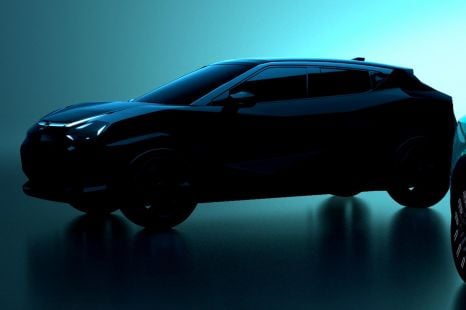

Damion Smy
Nissan Juke EV will use Leaf platform, due in 2026 - report
11 Hours Ago
BYD is a newcomer to Australia, but it’s been a force in China for a long time.
The name stands for Build Your Dreams, and the brand isn’t owned by a legacy carmaker. Instead, it was started by chemist Wang Chuanfu with a focus on rechargeable batteries.
Mr Chuanfu bought struggling carmaker Xi’an Qinchuan Automobile in 2002, and turned it into BYD Auto in January 2003. Its first car, the BYD F3, rolled off the production line in 2005.
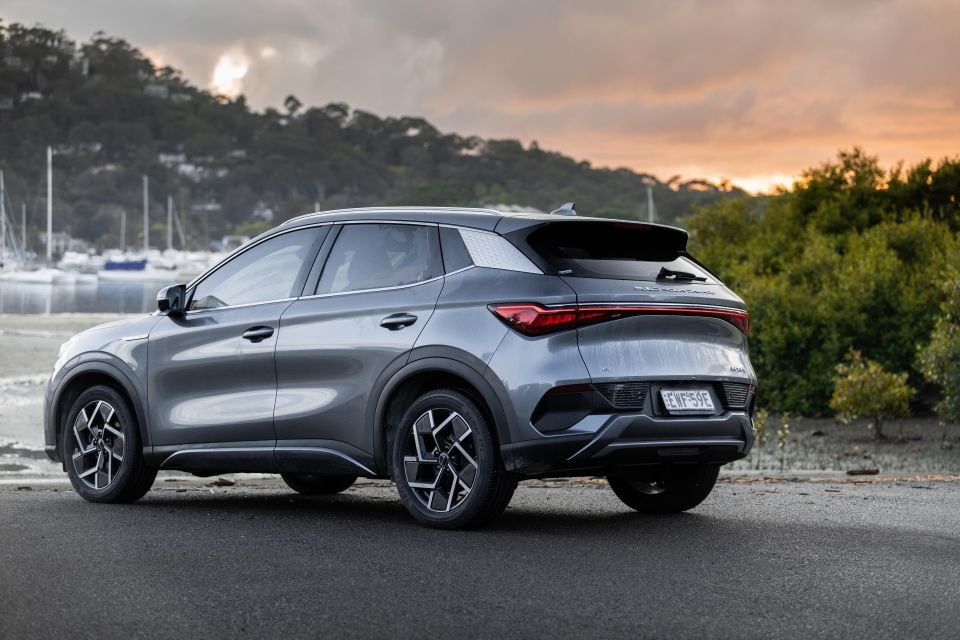
Its first plug-in hybrid car debuted in 2008, and its first electric vehicle debuted in 2009. High-profile investor Warren Buffet bought into the business in 2008, helping put its name in the spotlight for Americans.
He’s since shrunken his stake in the company amid heated competition with Tesla.
All BYD models use what the brand calls Blade batteries.
This uses ‘cell-to-pack’ technology to optimise energy density, whilst also elongating the cells into ‘beams’ that then become essential to the structural integrity of the pack, reducing weight and production costs.
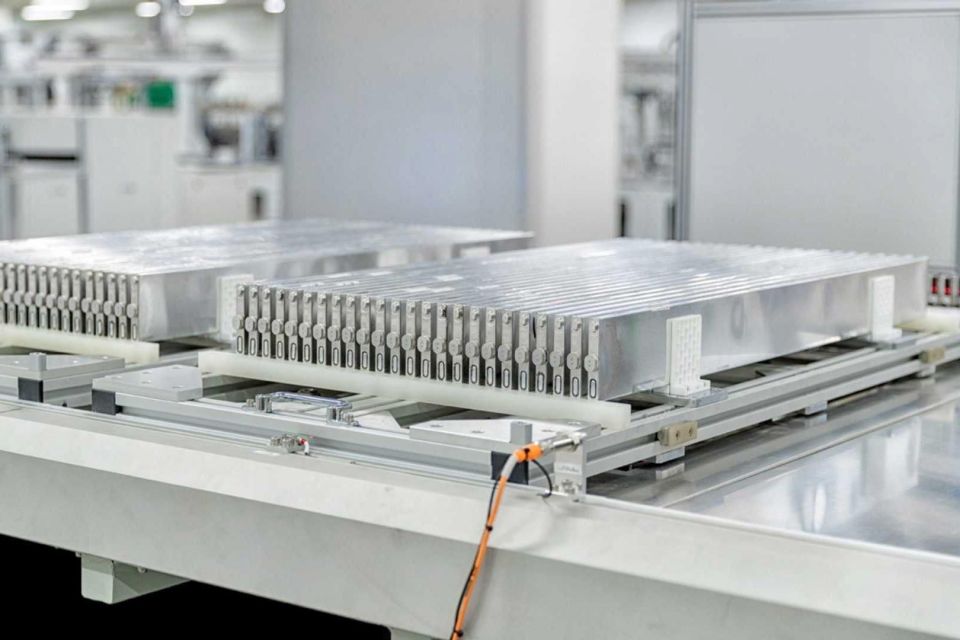
BYD also claims that its Blade Battery is safer than the battery pack designs used in other EVs, with regard to thermal stability and fire risk. The company has creatively demonstrated this by piercing the battery pack with a nail and then placing a raw egg on top of the piercing.
The company claims that the lack of fire or smoke, and the fact that the egg remained uncooked, helps evidence the crashworthiness of the battery. BYD claims that its battery design has also been put through other tests such as being crushed, overcharged and placed in a furnace without exploding or catching fire.
In Australia, BYD offers the Dolphin, Seal, and Atto 3 electric vehicles, and the Sealion 6 PHEV.
Where expert car reviews meet expert car buying – CarExpert gives you trusted advice, personalised service and real savings on your next new car.
I'm an Indian-born automotive enthusiast living in the US, with a huge passion for cars. I have a natural storytelling ability and love captivating writing that brings stories to life. I've been writing about cars for over 10 years. My passion is expertly navigating the dynamic world of cars, delivering engaging content for car aficionados.


Damion Smy
11 Hours Ago
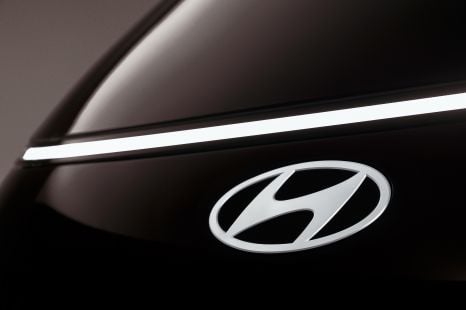

Damion Smy
14 Hours Ago
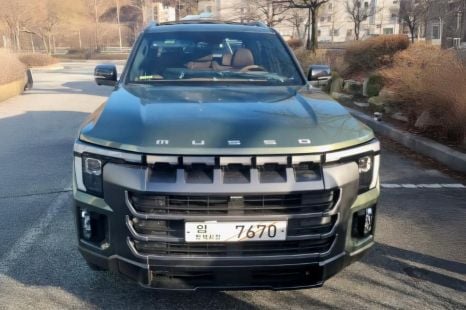

Damion Smy
18 Hours Ago


Damion Smy
19 Hours Ago
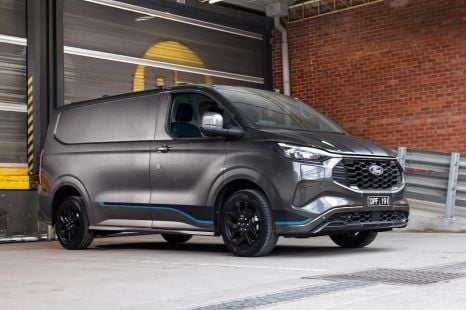

Damion Smy
20 Hours Ago
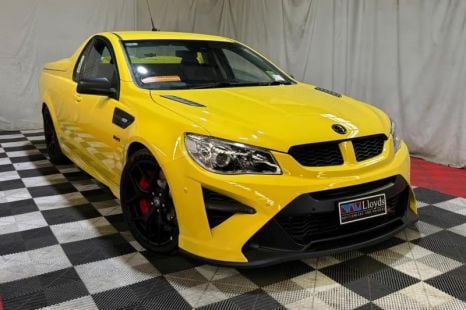

Damion Smy
20 Hours Ago